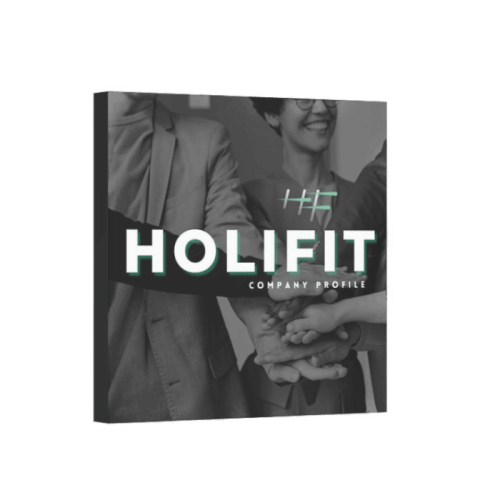Discover important information about osteoporosis, including its causes, symptoms, prevention, and treatment options. Learn how to protect your bone health and reduce the risk of fractures.
Osteoporosis, often referred to as the “silent disease,” affects millions of people worldwide, predominantly women. This bone condition weakens the bones, making them fragile and susceptible to fractures. It’s crucial to understand what you need to know about osteoporosis to take proactive steps towards prevention, early detection, and treatment. In this comprehensive guide, we will delve into the causes, symptoms, risk factors, prevention strategies, available treatments, and frequently asked questions about osteoporosis.

What is Osteoporosis?
Osteoporosis, derived from the Greek words “osteo” (bone) and “porosis” (porous), is a medical condition characterized by low bone density and structural deterioration. Bones affected by osteoporosis become fragile, weak, and prone to fractures, even with minimal trauma or stress. The primary cause of osteoporosis is an imbalance between the creation of new bone tissue and the removal of old bone tissue.
Symptoms of Osteoporosis
Osteoporosis is often asymptomatic until a fracture occurs. However, some individuals may experience the following symptoms:
- Back pain caused by collapsed or fractured vertebrae.
- Loss of height over time.
- Stooped posture or a hunched back (known as a dowager’s hump).
- Bone fractures that occur more easily than expected.
What You Need to Know About Osteoporosis: Risk Factors
Several risk factors can contribute to the development of osteoporosis. By understanding these factors, you can take necessary precautions to minimize the risk:
- Age: Osteoporosis is more common in older adults, especially postmenopausal women.
- Gender: Women are at higher risk of developing osteoporosis than men.
- Hormonal changes: Reduced estrogen levels during menopause increase the risk of bone loss.
- Family history: A family history of osteoporosis increases the likelihood of developing the condition.
- Lifestyle choices: Lack of physical activity, excessive alcohol consumption, smoking, and a diet low in calcium and vitamin D can contribute to osteoporosis.
- Certain medications: Long-term use of corticosteroids and some other medications can weaken bones over time.
Prevention Strategies for Osteoporosis
Prevention plays a vital role in managing osteoporosis. Consider the following strategies to maintain healthy bones and reduce the risk of fractures:
- Balanced diet: Consume foods rich in calcium, such as dairy products, leafy greens, and fortified cereals. Vitamin D is also crucial for bone health, so ensure adequate sunlight exposure or take supplements if needed.
- Regular exercise: Engage in weight-bearing exercises like walking, jogging, dancing, or weightlifting to strengthen bones and improve overall fitness.
- Avoid smoking and limit alcohol consumption: Smoking can decrease bone mass, while excessive alcohol intake can hinder the body’s ability to absorb calcium.
- Fall prevention: Take measures to prevent falls, such as removing hazards at home, using handrails, and wearing proper footwear.
- Bone density testing: Women over 65 and men over 70 should consider regular bone density screenings to monitor bone health and detect osteoporosis at an early stage.
Diagnosing Osteoporosis
To diagnose osteoporosis and assess the risk of fractures, healthcare professionals may perform the following tests:
- Dual-energy X-ray absorptiometry (DXA): This non-invasive scan measures bone density and assesses the risk of fractures.
- Fracture risk assessment tool (FRAX): FRAX evaluates fracture risk by considering multiple factors, including age, gender, bone density, and medical history.
Available Treatments for Osteoporosis
Treatment for osteoporosis focuses on strengthening bones, preventing fractures, and managing pain. Your healthcare provider may recommend the following:
- Lifestyle modifications: Ensure a well-balanced diet, engage in weight-bearing exercises, quit smoking, limit alcohol consumption, and prevent falls.
- Calcium and vitamin D supplements: If your diet doesn’t provide sufficient calcium and vitamin D, supplements may be prescribed.
- Medications: Several medications are available to slow down bone loss, increase bone density, and reduce the risk of fractures. These include bisphosphonates, hormone therapy, selective estrogen receptor modulators (SERMs), and denosumab.
Frequently Asked Questions (FAQs) about Osteoporosis
- Can men develop osteoporosis?
- Yes, although osteoporosis is more prevalent in women, men can also develop the condition, particularly in later years.
- Is osteoporosis preventable?
- While some risk factors, such as age and gender, are beyond our control, adopting a healthy lifestyle, including regular exercise and a balanced diet, can significantly reduce the risk of osteoporosis.
- Can osteoporosis be reversed?
- Osteoporosis cannot be fully reversed, but with appropriate treatment, it is possible to slow down bone loss, improve bone density, and reduce the risk of fractures.
- Are there any natural remedies for osteoporosis?
- While lifestyle modifications are important, it is essential to consult with a healthcare professional for an accurate diagnosis and appropriate treatment. Natural remedies alone may not be sufficient to manage osteoporosis effectively.
Understanding what you need to know about osteoporosis is crucial for maintaining bone health, preventing fractures, and managing the condition effectively. By adopting a proactive approach, including a well-balanced diet, regular exercise, and seeking medical advice, you can reduce the risk of osteoporosis and lead a healthy, active life. Remember, knowledge is power, so spread awareness about osteoporosis and encourage others to take preventive measures to protect their bone health.
If you’re interested in more and you’d like to set a meeting with us you Contact us at info@holifit.com.ph and discover how HoliFit can help your business reach its goals. You can also check out our Facebook page, Instagram, LinkedIn, and Youtube Channel for more information about our services.
Don’t miss out on this opportunity. To find out how HoliFit can help your business reach its goals through Webinars – contact us today!


